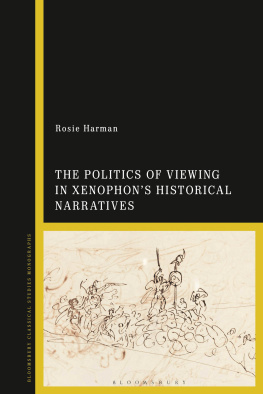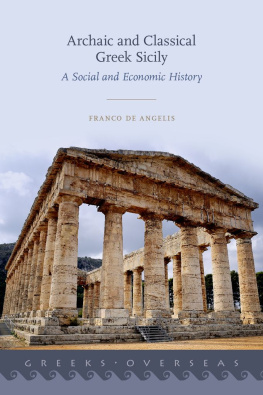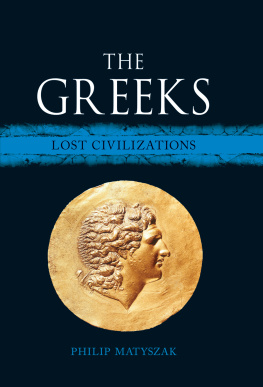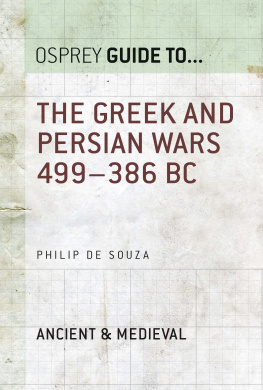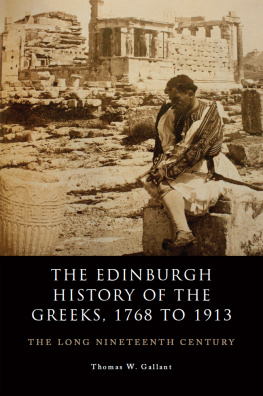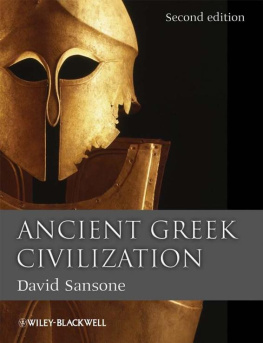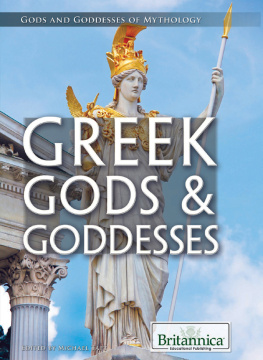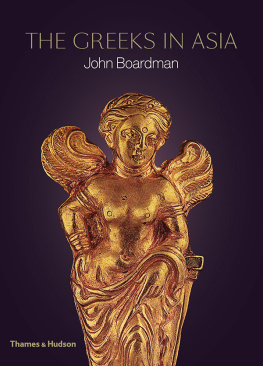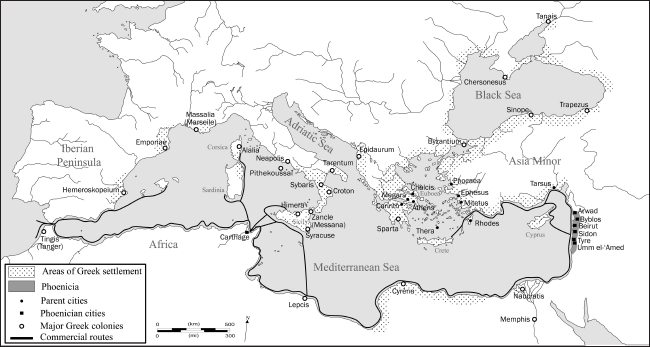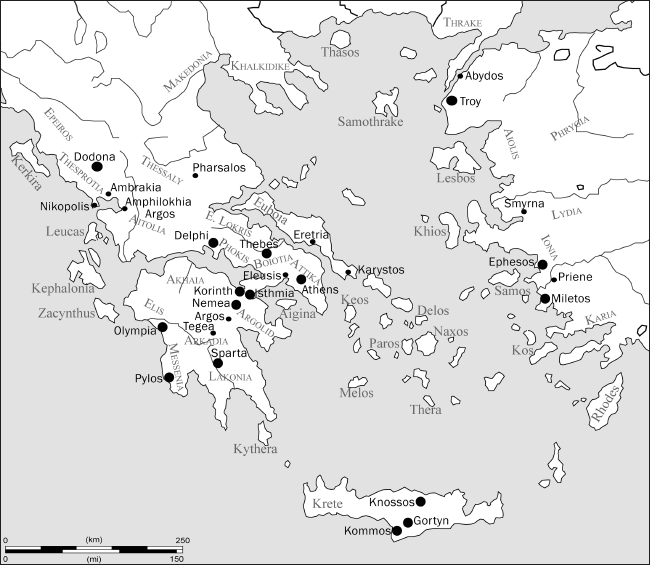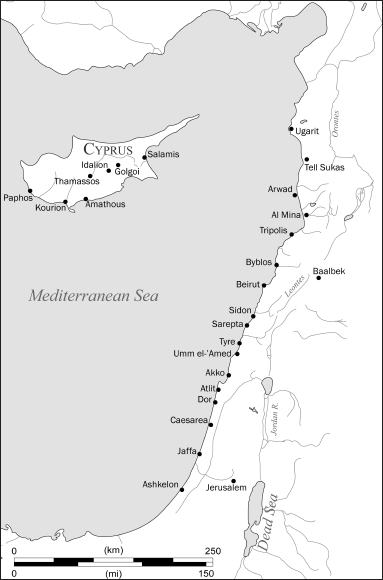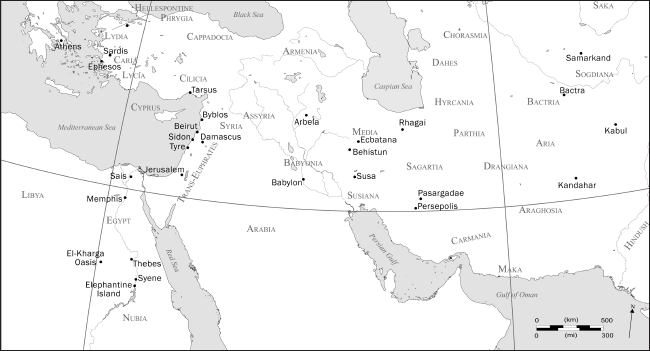S. Rebecca Martin - The Art of Contact: Comparative Approaches to Greek and Phoenician Art
Here you can read online S. Rebecca Martin - The Art of Contact: Comparative Approaches to Greek and Phoenician Art full text of the book (entire story) in english for free. Download pdf and epub, get meaning, cover and reviews about this ebook. year: 2017, publisher: University of Pennsylvania Press, genre: Art. Description of the work, (preface) as well as reviews are available. Best literature library LitArk.com created for fans of good reading and offers a wide selection of genres:
Romance novel
Science fiction
Adventure
Detective
Science
History
Home and family
Prose
Art
Politics
Computer
Non-fiction
Religion
Business
Children
Humor
Choose a favorite category and find really read worthwhile books. Enjoy immersion in the world of imagination, feel the emotions of the characters or learn something new for yourself, make an fascinating discovery.

- Book:The Art of Contact: Comparative Approaches to Greek and Phoenician Art
- Author:
- Publisher:University of Pennsylvania Press
- Genre:
- Year:2017
- Rating:4 / 5
- Favourites:Add to favourites
- Your mark:
The Art of Contact: Comparative Approaches to Greek and Phoenician Art: summary, description and annotation
We offer to read an annotation, description, summary or preface (depends on what the author of the book "The Art of Contact: Comparative Approaches to Greek and Phoenician Art" wrote himself). If you haven't found the necessary information about the book — write in the comments, we will try to find it.
The proem to Herodotuss history of the Greek-Persian wars relates the long-standing conflict between Europe and Asia from the points of view of the Greeks chief antagonists, the Persians and Phoenicians. However humorous or fantastical these accounts may be, their stories, as voiced by a Greek, reveal a great deal about the perceived differences between Greeks and others. The conflict is framed in political, not absolute, terms correlative to historical events, not in terms of innate qualities of the participants. It is this perspective that informs the argument of The Art of Contact: Comparative Approaches to Greek and Phoenician Art.
Becky Martin reconsiders works of art produced by, or thought to be produced by, Greeks and Phoenicians during the first millennium B.C., when they were in prolonged contact with one another. Although primordial narratives that emphasize an essential quality of Greek and Phoenician identities have been critiqued for decades, Martin contends that the study of ancient history has not yet effectively challenged the idea of the inevitability of the political and cultural triumph of Greece. She aims to show how the methods used to study ancient history shape perceptions of it and argues that art is especially positioned to revise conventional accountings of the history of Greek-Phoenician interaction.
Examining Athenian and Tyrian coins, kouros statues and mosaics, as well as the familiar Alexander Sarcophagus and the sculpture known as the Slipper Slapper, Martin questions what constituted Greek and Phoenician art and, by extension, Greek and Phoenician identity. Explicating the relationship between theory, method, and interpretation, The Art of Contact destabilizes categories such as orientalism and Hellenism and offers fresh perspectives on Greek and Phoenician art history.
S. Rebecca Martin: author's other books
Who wrote The Art of Contact: Comparative Approaches to Greek and Phoenician Art? Find out the surname, the name of the author of the book and a list of all author's works by series.

